The Scania Chronicle
Page 1
By Christoph Büch and Steve St.Schmidt (Berlin 2023)
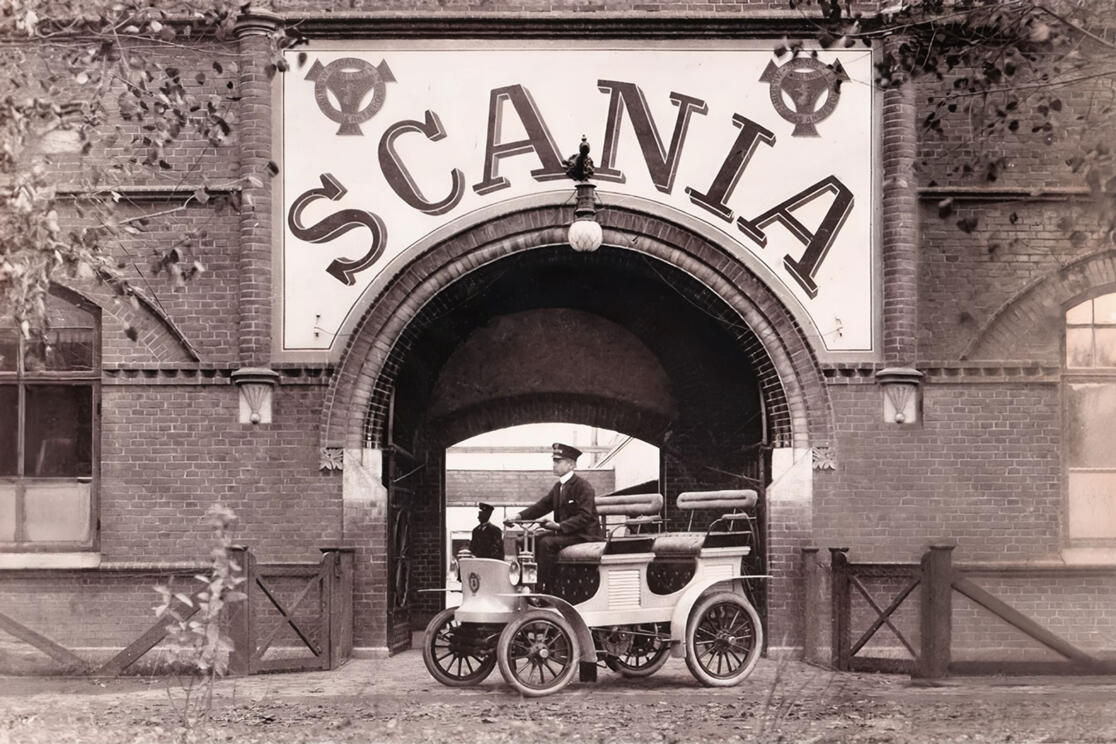
The beginnings
In 1891, engineer Philip Wersén and Major Peter Petersson, the manager of the Surahammars Bruk ironworks, founded the "Vagnfabriks Aktiebolaget i Södertelge" (wagon factory joint stock company in Södertälje), or VABIS for short. It was based in the Swedish town of Södertälje, just under 40 kilometers southwest of the capital Stockholm. Initially, railroad carriages were on the production program, as rail transport was generally regarded as the most important achievement of the time. In the record year of 1900, Vabis built a total of 323 wagons. Gradually, however, the railroad boom ebbed noticeably and the company looked for new areas of business. The construction of road vehicles promised a bright future.
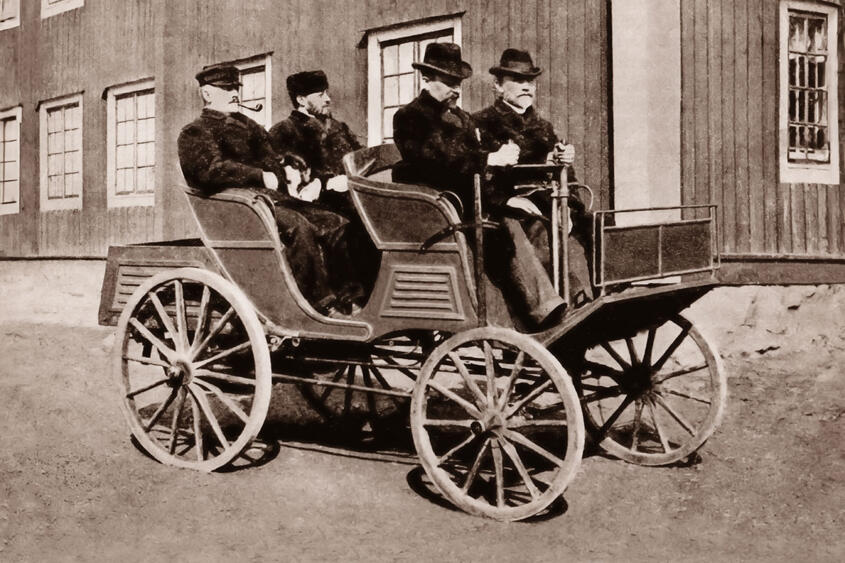
As early as 1897, engineer Gustaf Erikson developed the first car, the A-Car, on behalf of Vabis in Surahammar. The four-seater vehicle has been preserved to this day and can be viewed at the Tekniska Museum in Stockholm. Erikson joined Vabis and other automobiles followed. In 1902, the first truck rolled out of the factory halls. The one-and-a-half ton vehicle had a two-cylinder boxer engine with 9 hp and reached a speed of 7.5 miles per hour. Vabis was registered as a trademark in 1906. The production of road vehicles was initially successful, and in 1907 Surahammars Bruk built a new factory for automobiles as well as industrial and marine engines in Södertälje.
In 1908, a new three-ton truck with a 20 hp engine was built there, which won the gold medal at the international truck competition of the Royal Automobile Club in Sweden in 1909. However, sales of the trucks left much to be desired. Only five vehicles were sold each year, although Vabis had expected to sell ten times as many.
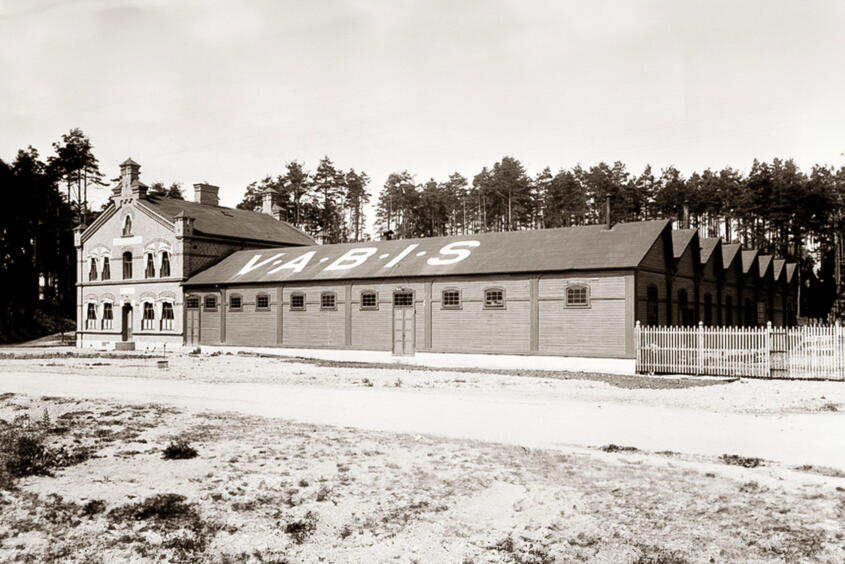
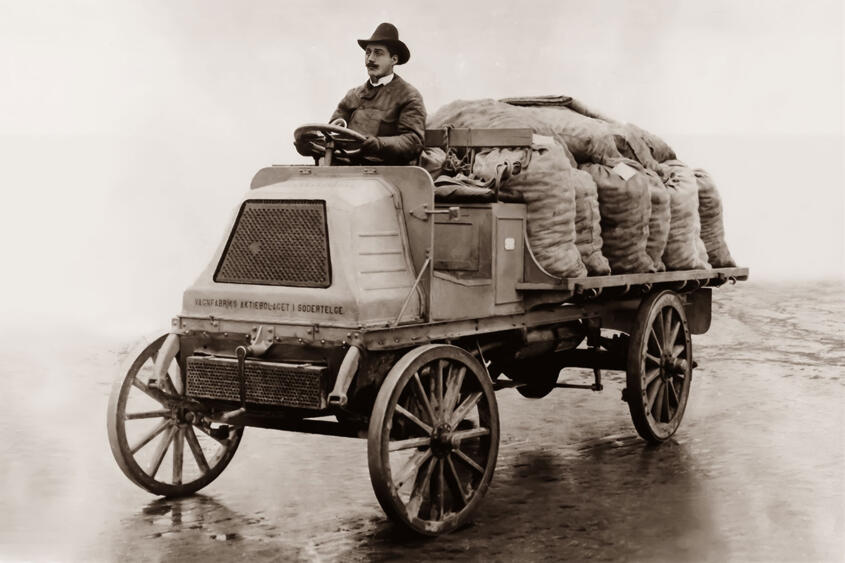
At around the same time, in 1902, the bicycle manufacturer "Maskinfabriks-aktiebolaget Scania" (Scania Machine Works), founded two years earlier, built its first truck on the island of Malmö, having already started producing passenger cars. The design of the truck was similar to that of the Vabis truck. Series production of commercial vehicles began at Scania in 1908. Scania is the Latin name of the historic province of Skåne (now Skåne län) in southern Sweden.
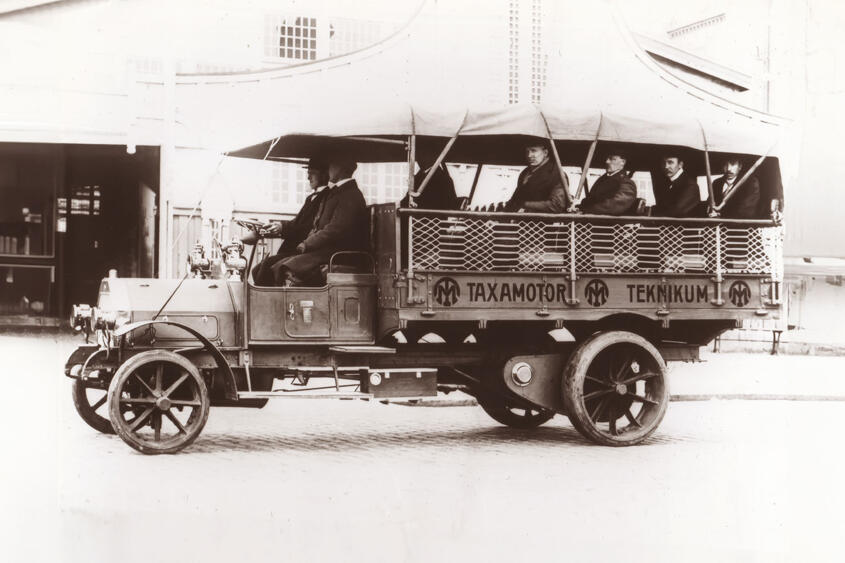
Stronger together
The production figures of both companies were initially relatively low. In the meantime, Vabis was struggling with financial problems, as the rail vehicle business was hardly generating any income. When the first managing director of Scania, Per Alfred Nordeman, was looking for a cooperation partner in these years, talks with the board of Surahammars Bruk, which was already in the process of closing its Vabis plant due to a lack of customers, led to success. In 1911, a joint company was founded, Scania Vabis AB, initially based in Malmö and from 1912 in Södertälje. Engines and passenger cars were now built there, and commercial vehicles in Malmö. By the end of 1911, the new manufacturer had produced 40 passenger cars and 30 trucks. The first bus was also built and in 1912 the first truck-based fire engine. The vehicle went to the Norrköping fire department, where it proved its worth. Later, the Helsingborg and Södertälje fire departments also purchased Scania-Vabis vehicles.
The trucks had a payload of one and a half to two tons and were powered by petrol engines with 20 to 30 hp; the type designations were Clb and Clc. Between 1911 and 1925, a total of 360 units left the factory. The company was justifiably proud of this production figure. However, it also shows how modest the beginnings of a truck manufacturer were that would later develop into one of the leading commercial vehicle manufacturers in the world.
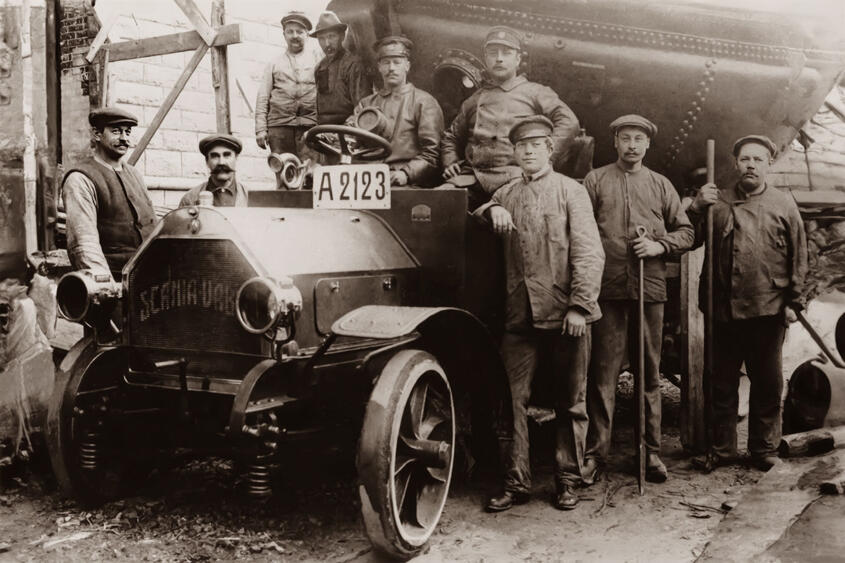
In 1914, Scania-Vabis introduced a new engine series, which was produced until the mid-1920s. August Nilsson, a young engineer, had developed the new drive unit. He became chief engineer in 1915 and headed the Scania-Vabis design department for more than 30 years.
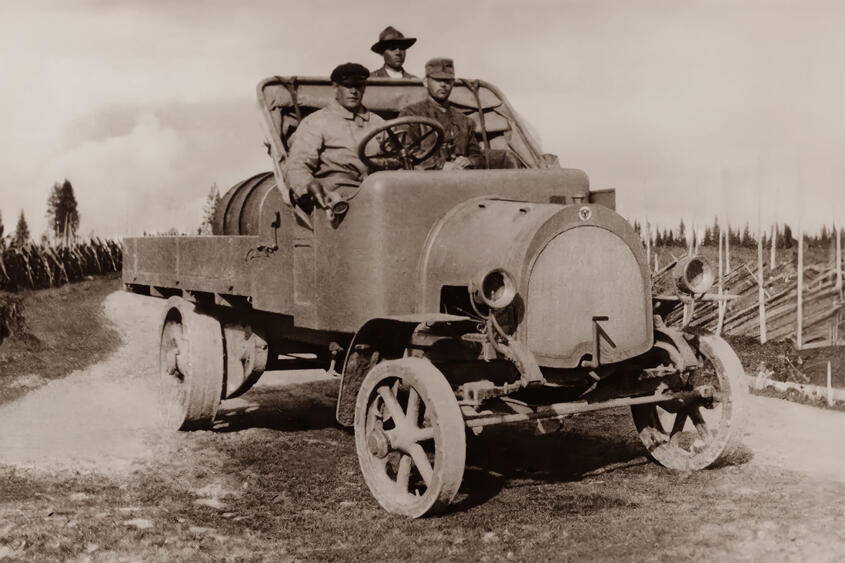
In the years following the First World War, the company ran into financial difficulties, which led to bankruptcy in 1921. Cheap imports of mass-produced vehicles had flooded the Swedish market. Scania-Vabis hardly stood a chance against this competition. Nevertheless, a new company was founded shortly afterwards under the same name. In the course of rationalization measures, the vehicle plant in Malmö was closed and the entire production moved to Södertälje. The new managing director was Gunnar Lindmark, who, together with chief engineer August Nilsson, successfully managed the company for a long time and ensured that the products were of the highest quality.
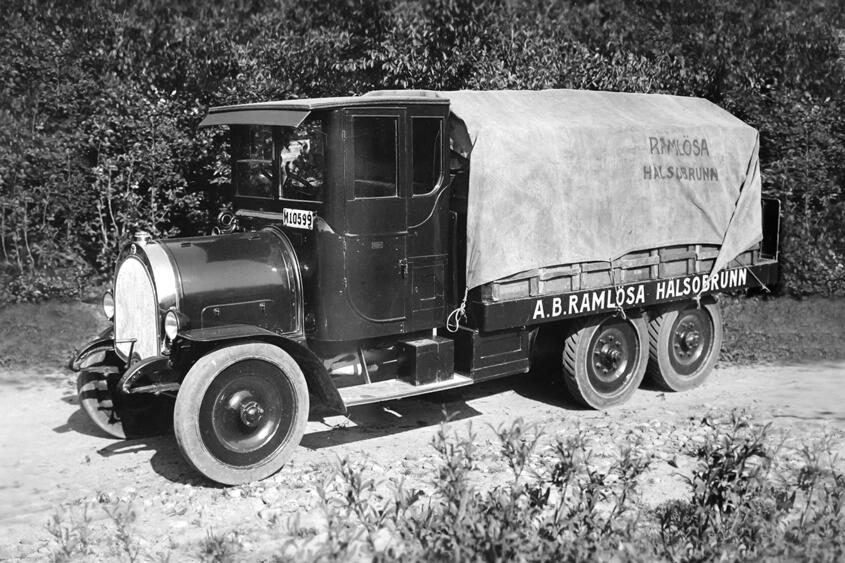
However, the scale of production in the early 1920s was still manageable. In addition to the production of passenger cars, around 500 employees manufactured 40 to 180 trucks per year and, from 1923, 20 to 100 buses. This period also saw the introduction of pneumatic tires and the cardan driveshaft.
In 1925, Scania-Vabis introduced the so-called "fast truck". In the weight class of one and a half to three tons, petrol engines with up to 50 hp ensured a top speed of 25 miles per hour. One of these high-speed trucks with the type designation 3251 has survived to this day. As a brewery vehicle, it had covered 500.000 miles by the end of the 1950s. The vehicle returned to the manufacturer in 1965, successfully took part in the London-Brighton Rally in 1967 and received an award for the longest journey.